What to Do for a Child’s Toothache

NOBODY ENJOYS HAVING a toothache, especially a young child who might be experiencing it for the first time. Toothaches can come on for a variety of reasons, and it’s a good idea to see the dentist, especially if it doesn’t go away after a couple of days, but what about when a toothache happens over the holidays or on a weekend and it’s not as easy to go to the dentist?
What Causes a Toothache?
Tooth decay is the most common reason a tooth might initially feel painful, but it isn’t the only cause. Tooth pain can also come from pulp inflammation, dental abscesses, a cracked tooth, or gum disease. An impacted tooth (meaning one trapped beneath the gums by bone, gum tissue, or other teeth) can be painful too.
Tooth sensitivity can cause discomfort too, while sometimes tooth pain is the result of a sinus infection or congestion. A child’s toothache could be as simple as teething from an incoming baby tooth or adult tooth, in which case it’s merely a normal part of their development.
Managing the Toothache Before a Dental Appointment
The best thing to do for your child when they have a toothache is to come to the dentist, but if that isn’t possible at first, here are a few tips you can follow to manage their discomfort in the meantime:
- Help them rinse and spit with warm saltwater to reduce the inflammation
- Apply a cold compress to their cheek near where it’s sore
- Give them some over-the-counter anti-inflammatory inflammation meant for children
Avoiding Future Toothaches
Any parent who has helped their child through one toothache wants it to be their last. Not all causes are preventable, like sinus infections, teething, a sore loose tooth, or a tooth damaged in an accident, but you can do a lot to protect their teeth from developing aches and pains due to poor dental health.
Helping them build strong daily oral hygiene habits is the most important thing. Teach them to brush their teeth twice a day for two minutes using a soft-bristled brush and fluoride toothpaste, encourage them to floss daily, and schedule regular dental appointments for them, building a positive relationship with the dentist so that they have a good outlook about dental care. Another great way to prevent toothaches is to cut down on sugary snacks and drinks, especially between mealtimes.
Remedies Help, But Come to the Dentist Too
Pain is our bodies’ natural alert system to tell us when something is wrong, so we shouldn’t ignore it. No matter what you think might be the cause of your child’s toothache, it’s a good idea to schedule an appointment with the dentist in case the underlying problem is more serious. We can take a look and provide any treatment that may be necessary to get them smiling again!

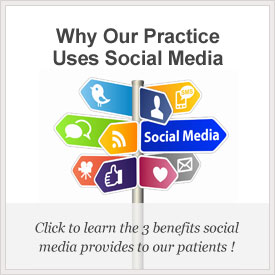





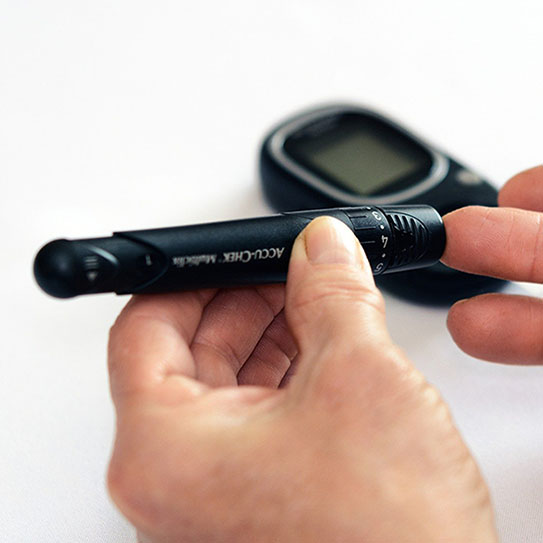
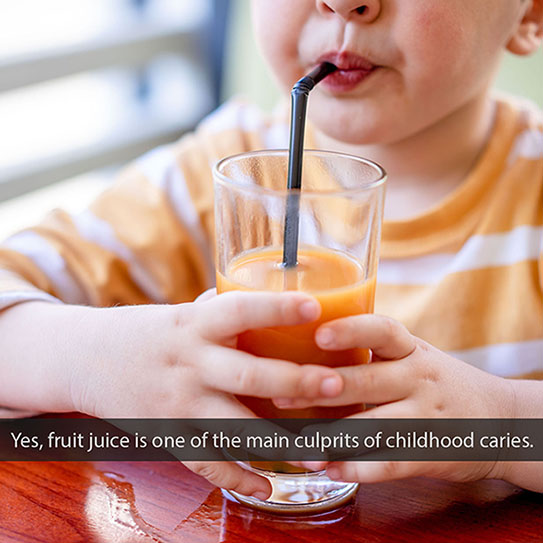


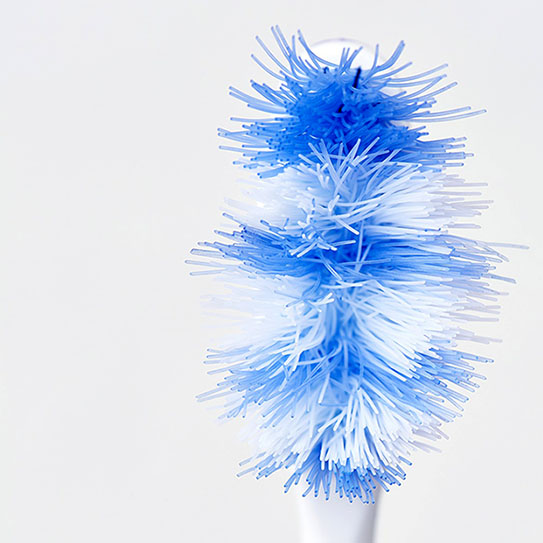
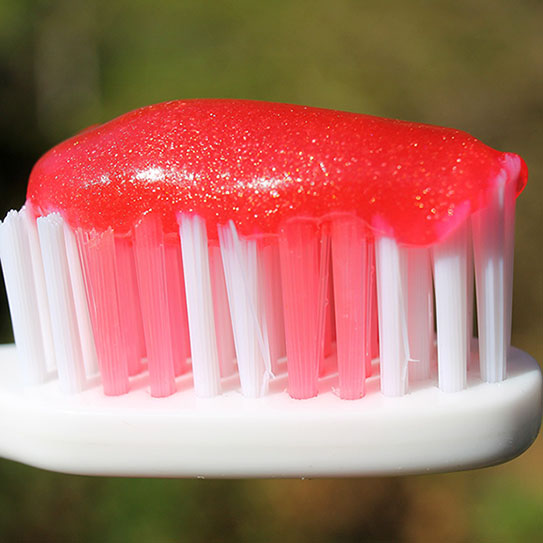
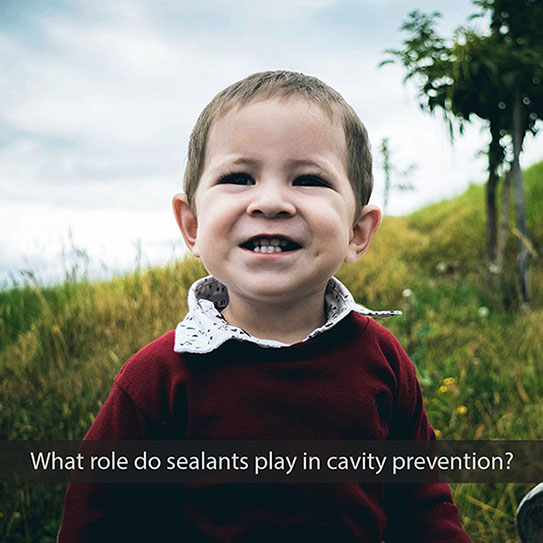


My daughter and I love going to see Dr Aparna Sadineni and her professional staff. We never have to wait and the staff knows us like a second family. I highly recommend this office!